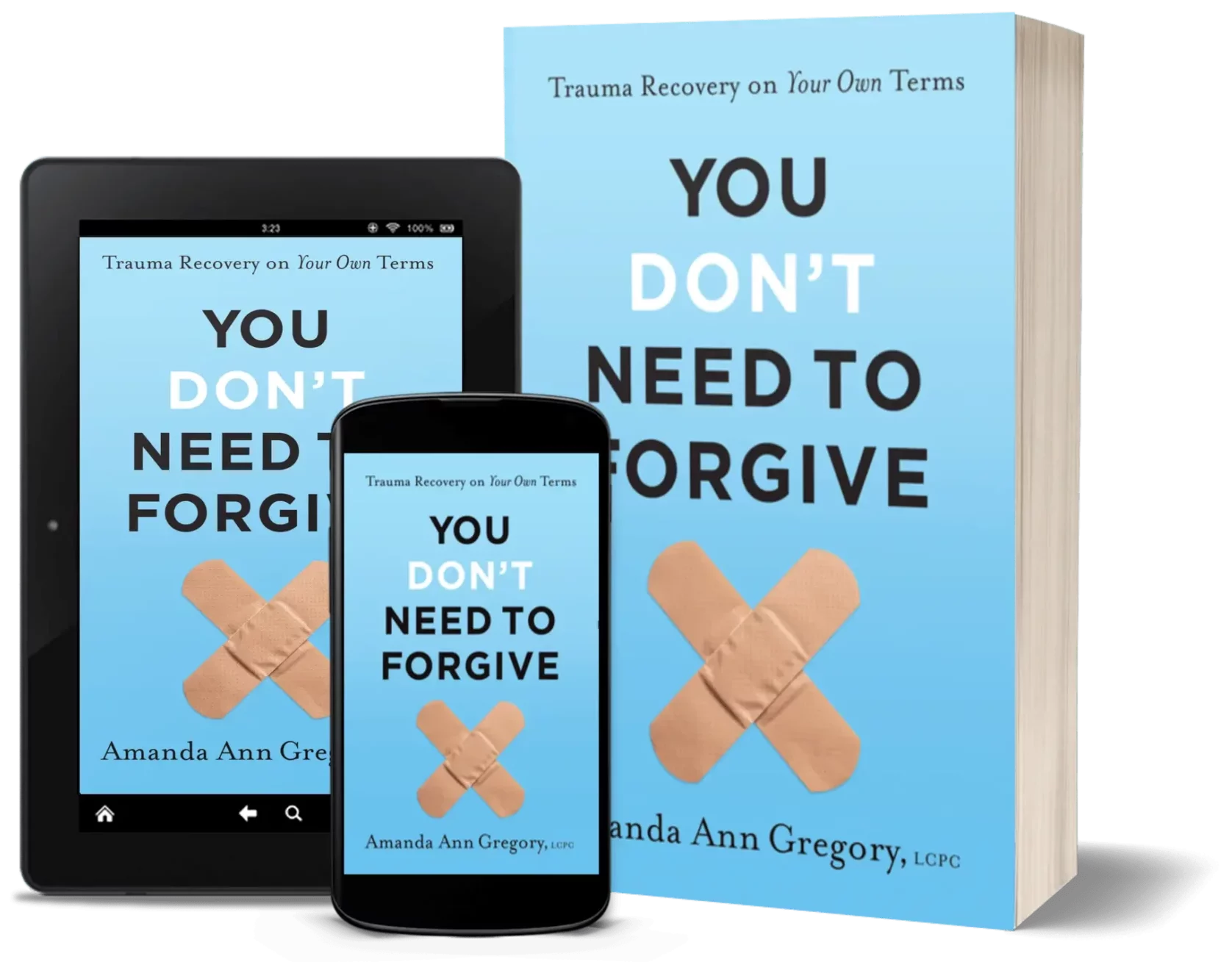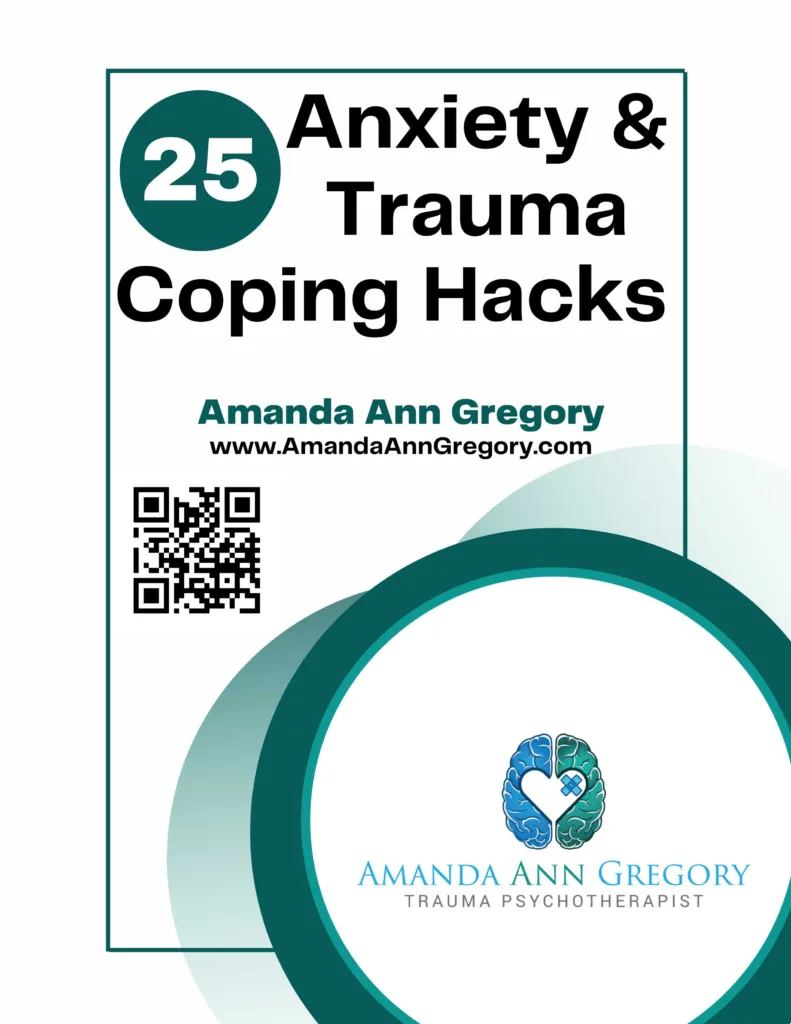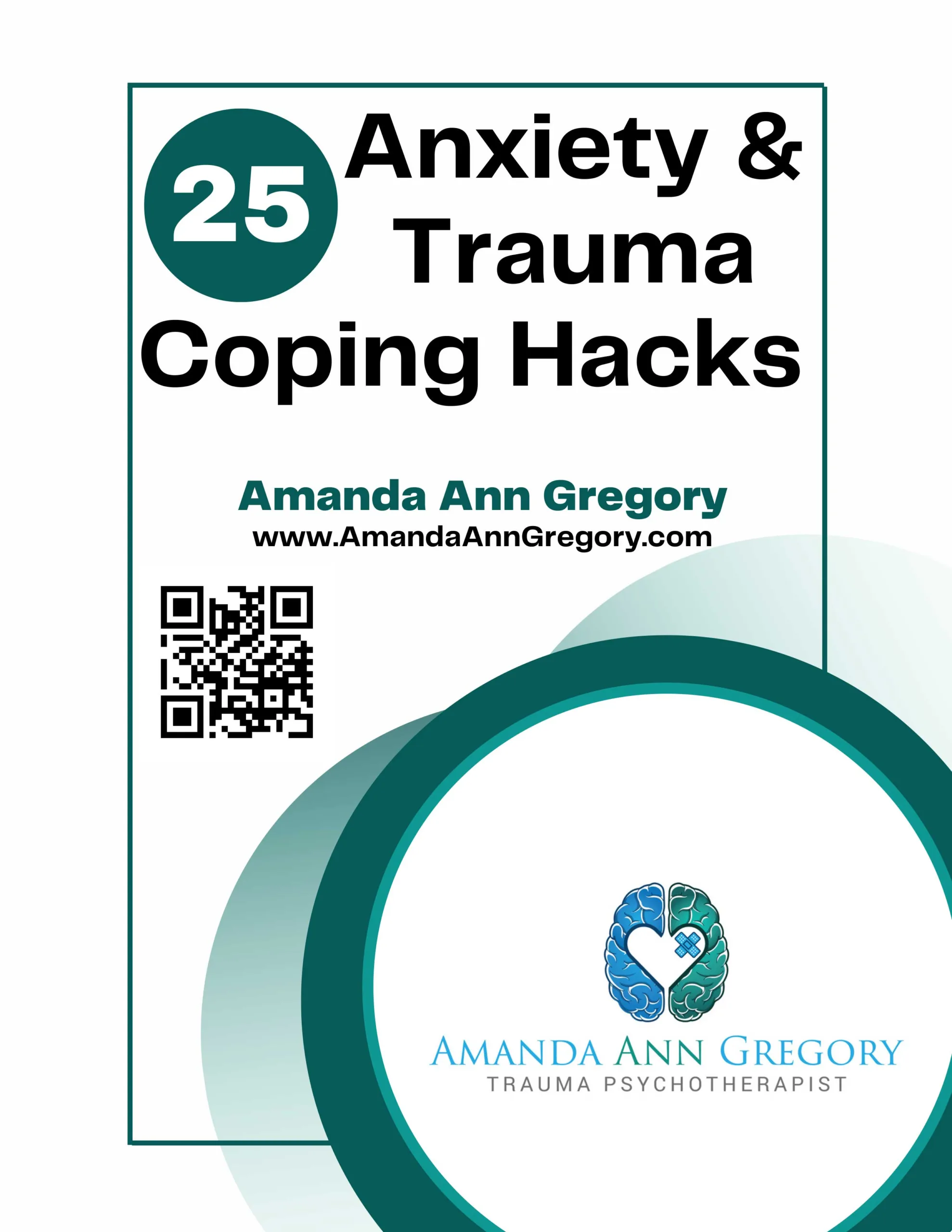When you experience intense anxiety, anger, or sadness, you might need to calm yourself. Do you know how? It’s important that you find self-calming methods that work best for you. Give these methods a try!
1. Play the “ABC Game”
When you’re experiencing intense emotions, your brain might need to quickly refocus, which may help calm you. The ABC game is a simple and engaging way for your brain to refocus. First, choose a topic that you find entertaining. This needs to be a topic that you know something about. A few examples of topics are names of cities, children’s movies, 80s rock bands, sports teams, and U.S. presidents. Once you’ve chosen a topic, identify one item in that topic for each letter of the alphabet, starting with A and ending with Z. For example, if you choose U.S. presidents, you could say, Adams, Biden, and Coolidge. See if you can make it all the way to the letter Z. If you get stuck, that’s ok. This will allow your brain to become absorbed in the game instead of focusing on what may have caused you to feel upset. When playing the ABC game, don’t choose a topic that is too easy or too difficult. Choose a topic that is entertaining to you, and try not to cheat by looking up answers on your phone.
2. Ground With Your Senses
Grounding is a mindfulness technique that can help calm you by quickly bringing your mind into the present. Use your five senses — sight, sound, touch, smell, and taste — to help you connect with the present. Here are a few ideas:
Sight
- Name five things you can see in your environment.
- Look for specific things in your environment, such as a certain color or shape. You can look for things that are blue or that are small circles.
Sound
- Stop and listen. Identify all the sounds you can hear.
- Make your own sound and focus on it. You can tap a pen on a table, snap your finder, hum, or sing.
Touch
- Touch something to your skin and notice how it feels. You can touch your clothing, keys, phone, or whatever is nearby. Pay attention to different textures and temperatures.
- Notice your body’s temperature. Where on your skin do you feel warm, cold, or neutral?
Smell
- Smell all the scents in your environment. How many can you smell? Are they pleasant or not?
- Create your own scent and focus on it. You can use essential oil, perfume/cologne, incense, a scented candle, or anything that has a pleasant smell.
Taste
- Taste something that you enjoy. It could be a mint, a piece of candy, coffee, or any type of food. Don’t just consume it. Really attend to it and notice how it tastes.
- Drink a cold or warm beverage. Notice how it feels in your mouth and how it feels as it travels down your throat
3. Engage in Rhythmic Movement
How would you calm a crying infant or toddler? You might instinctually pick up the child and rock, sway, or gently bounce them in your arms. This is because rhythmic movement is an ancient calming and attachment intervention. Your ancestors not only used rhythmic movement to soothe their children, but also to calm themselves. They danced, they drummed, and they moved together in circles around fires in celebration and ceremony. Some say that rhythmic movement is ingrained in our bones and that it’s our bodies’ natural way to self-soothe. You do not need to be a good dancer or have a sense of good rhythm. You just need to allow your body to lead you. Here are a few ideas of ways to practice rhythmic movement in order to self-calm:
- Dance! Keep in mind, it doesn’t matter what type of dance it is or whether you dance with others or alone. The point is that you move your body to some type of rhythm.
- Engage with a ball by repetitively bouncing, throwing, or catching it. You can do this alone or with another person.
- Play a musical instrument, or create a beat with your hands or body.
- Allow your body to rock or sway at a pace that feels calming. You can use items to help with these movements, such as swings and rocking chairs. You can also ask someone to rock you while they embrace you.
4. Recitation
Do you have something memorized, but it takes focus to recite it? If so, try reciting this when you need to calm yourself. This method can help your brain to refocus. Try to avoid things that are easy to recite, such as the Pledge of Allegiance or the ABCs. Instead, choose something that’s more difficult, such as a poem, a speech, song lyrics, or phrases in another language. Choose something you care about or something you find entertaining.
5. Get Into an Open Posture
In order to calm down, your body needs to believe you are physically safe. If you are physically safe, the best way to let your body know that is to get into an open posture. Closed postures are designed to protect vulnerable parts of your body, such as your throat, chest, stomach, and genitals. A closed posture might look like you’re hunched over, head slightly down, shoulders pushed inward, legs/arms crossed, or hands crossed and placed in front of your body or on your lap. This posture communicates to your body that you need to protect yourself, and it might make it more difficult for you to calm down. On the other hand, open postures leave your throat, chest, stomach, and genitals unprotected. An open posture might look like your shoulders pulled back, head up, legs/arms uncrossed, hands unclasped and at your sides or engaged away from your body, and no large items are placed in front of you. Here are a few ideas to help you to adopt an open posture in order to self-calm:
- Lay down with your arms at your sides and slowly bring your arms up. The further you raise your arms, the more intense the open posture will be. Allow yourself some time to get used to this posture. Some people find it helpful to do this before bed.
- Sit in an open posture for five minutes. If you want to intensify this posture, try standing.
- Walk in an open posture and notice whether you feel calmer or more confident.
Purchase my book, You Don’t Need to Forgive

Sign up to get your Free eBook: 25 Anxiety & Trauma Coping Hacks

Hire me to speak at your event! Contact Me

Reference





